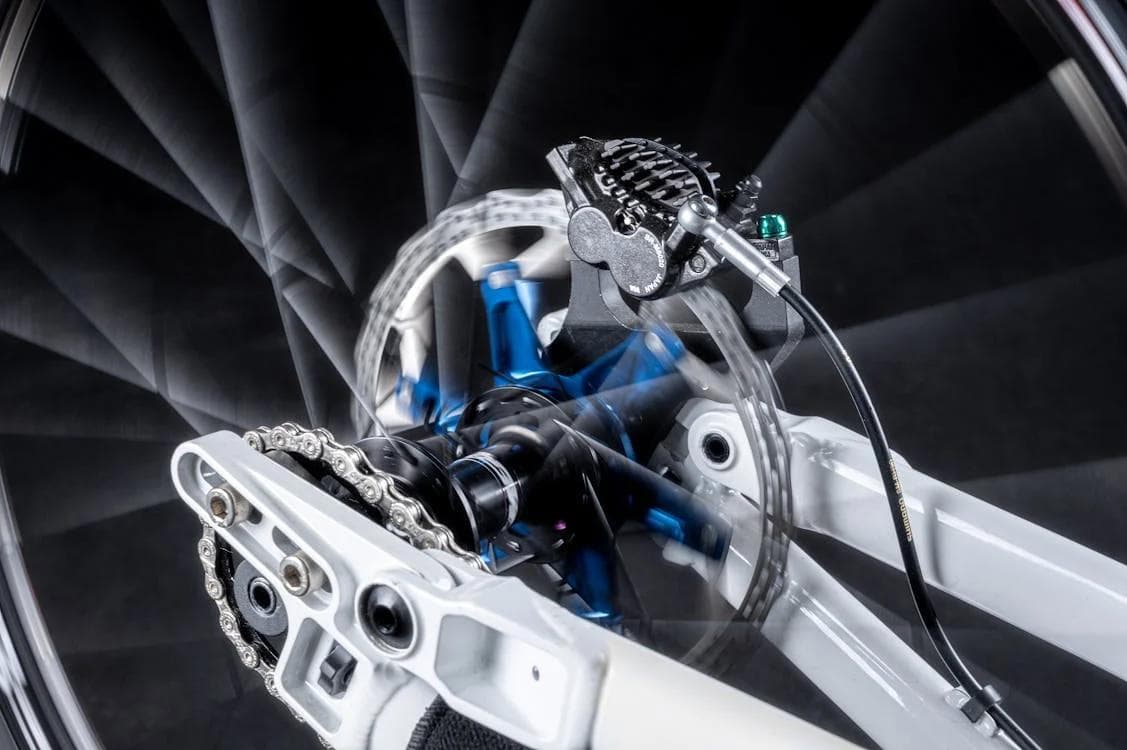Ultimate Guide to Solving Bicycle Brake Malfunctions
Bicycle brakes are crucial for safe riding, but they can sometimes malfunction due to wear, improper adjustment, or damage. Understanding how to diagnose and fix common brake issues can save you time, money, and ensure your rides are safe. This guide will walk you through the steps to identify and solve the most common bicycle brake malfunctions.
Identifying the Problem
Before you can fix a problem, you need to know what it is. Here are some common symptoms and their possible causes:
- Brakes are too tight or too loose: This could be due to improper cable tension or misaligned brake pads.
- Squeaking brakes: This is often caused by dirty or misaligned brake pads.
- Brakes not engaging properly: This could be due to worn-out brake pads, air in hydraulic brake lines, or a stretched cable.
- Brake lever feels spongy: This is a common issue with hydraulic brakes and usually indicates air in the system.
Tools You'll Need
- Allen keys or hex wrenches
- Phillips and flat-head screwdrivers
- Cable cutters (for cable brakes)
- Bleed kit (for hydraulic brakes)
- Clean rag
- Isopropyl alcohol (for cleaning)
Fixing Common Brake Issues
Adjusting Brake Cable Tension
- Locate the brake cable adjuster: This is usually found where the cable enters the brake mechanism.
- Adjust the tension: Turn the adjuster clockwise to tighten the brake or counterclockwise to loosen it. Make small adjustments and test the brake lever feel.
- Secure the adjuster: Once you're satisfied with the tension, make sure to secure the adjuster in place.
Aligning Brake Pads
- Loosen the brake pad bolts: Use an Allen key to slightly loosen the bolts holding the brake pads.
- Align the pads: Make sure the pads are parallel to the rim and hit the center of the rim, not touching the tire.
- Tighten the bolts: Once aligned, tighten the bolts while holding the brake pad in place.
Fixing Squeaky Brakes
- Clean the brake pads and rim: Use a clean rag and isopropyl alcohol to clean both the pads and the rim thoroughly.
- Check pad alignment: Misaligned pads can cause squeaking. Adjust as necessary.
- Sand the brake pads: If cleaning doesn't help, lightly sand the surface of the brake pads with fine sandpaper.
Bleeding Hydraulic Brakes
- Prepare the bleed kit: Follow the instructions specific to your brake model and bleed kit.
- Open the brake system: Usually, this involves opening the bleed nipple and the brake lever reservoir.
- Flush and refill: Use the syringe to push fluid through the system, removing air bubbles. Then, refill the system with fresh brake fluid.
- Close the system: Make sure all components are tightly sealed.
Maintenance Tips
- Regularly check brake pad wear: Replace pads that are worn down to avoid damage to the rims or brake discs.
- Keep your bike clean: Dirt and grime can cause brake components to wear out faster.
- Inspect brake cables and housings: Look for fraying or damage and replace as necessary.
By following this guide, you should be able to diagnose and fix most common bicycle brake issues. Remember, regular maintenance is key to preventing problems and ensuring your bike is always ready for a safe ride.
